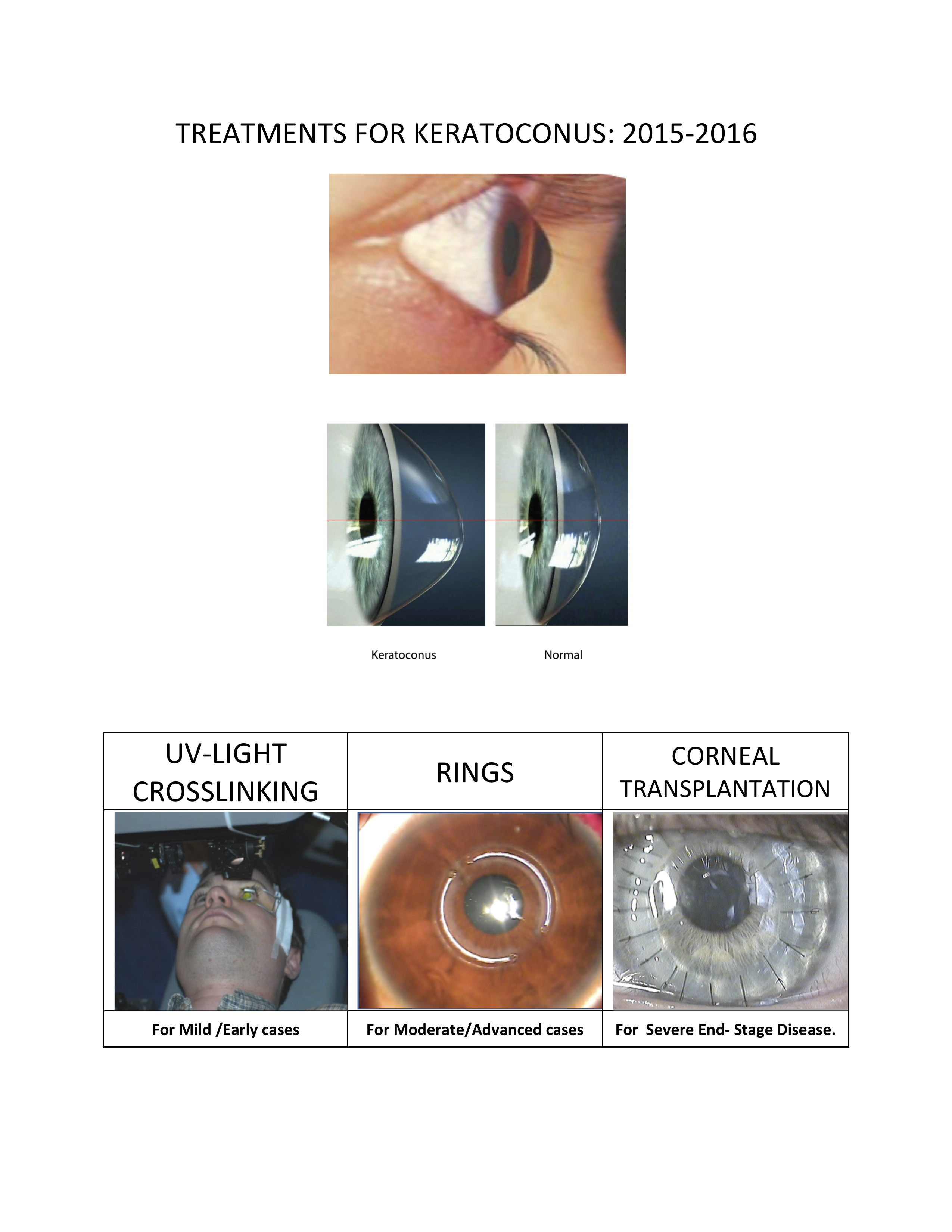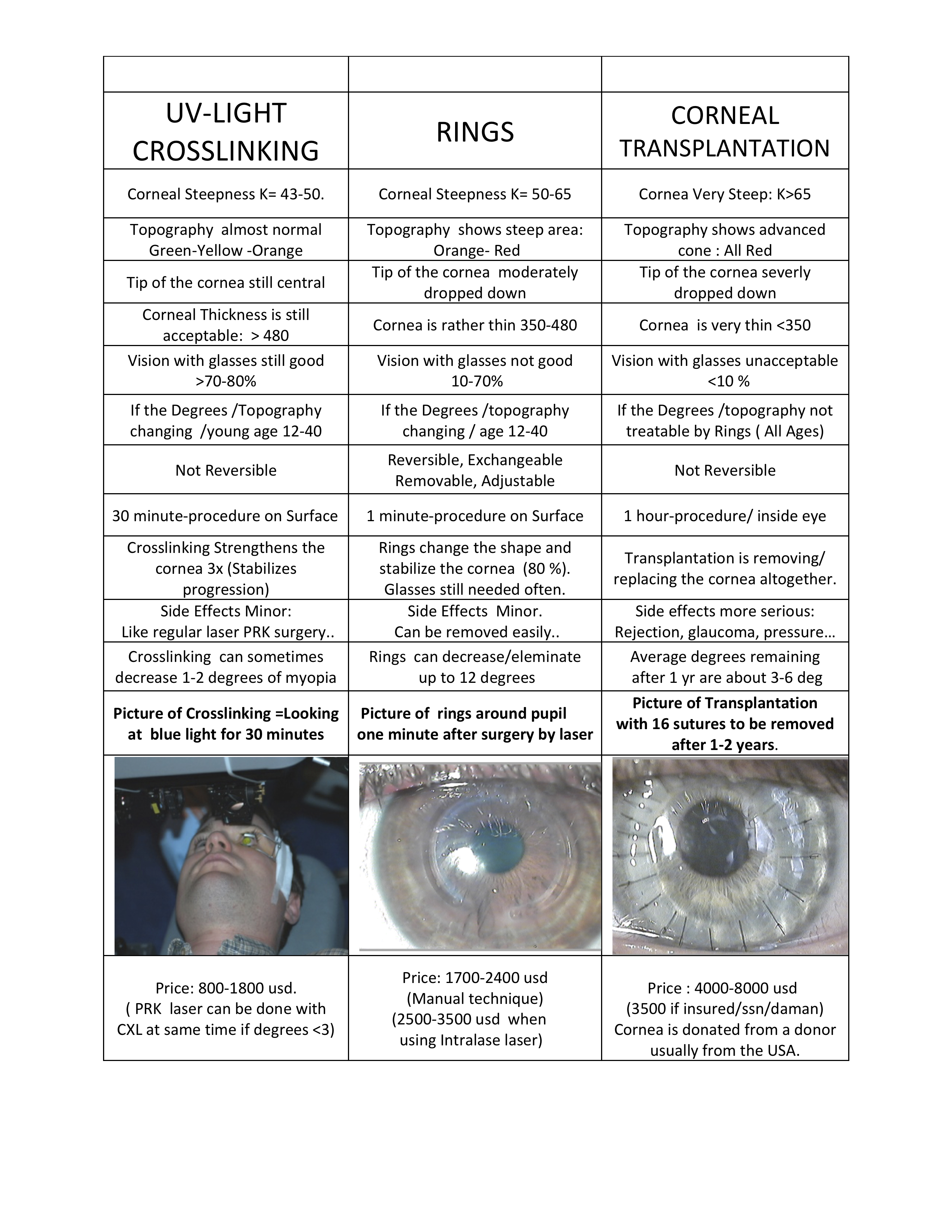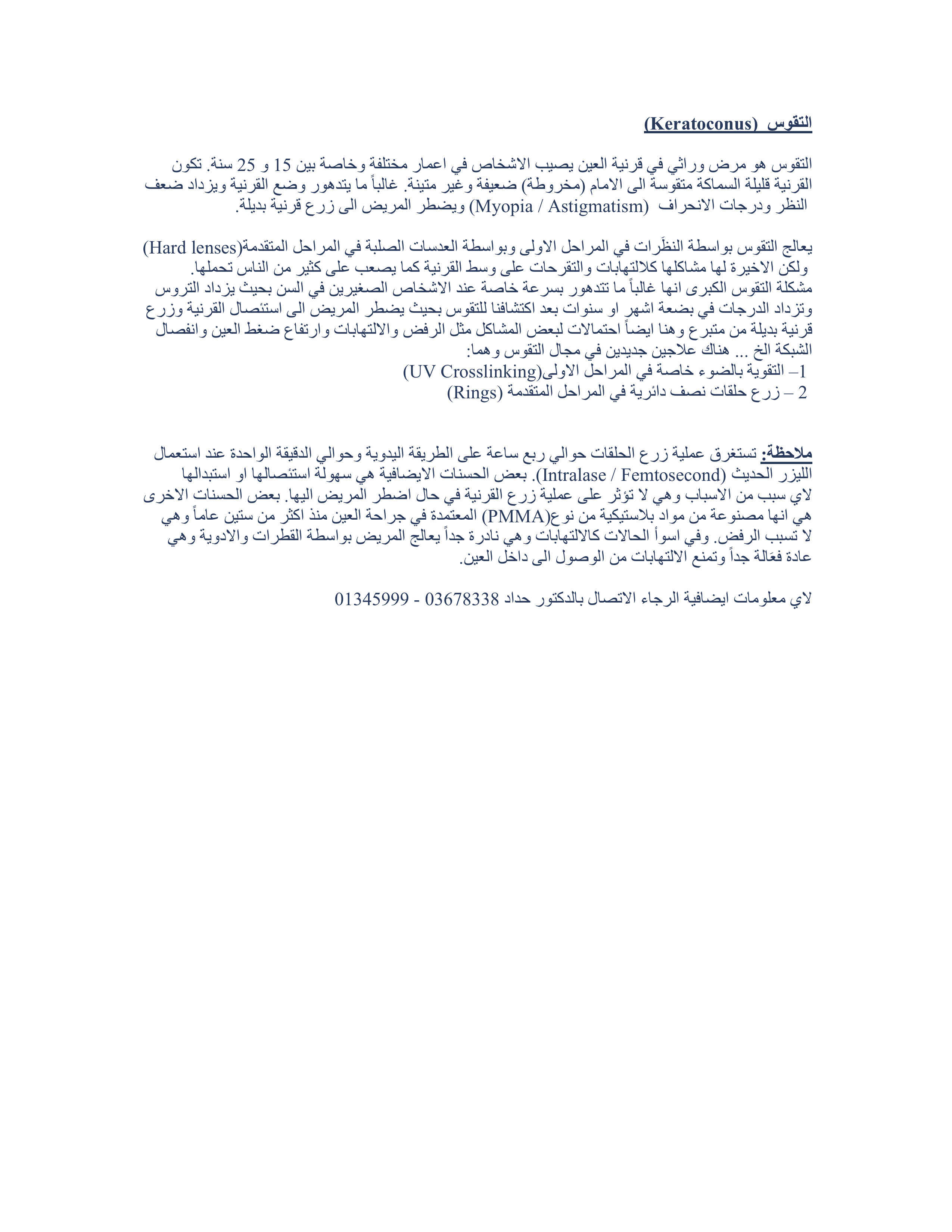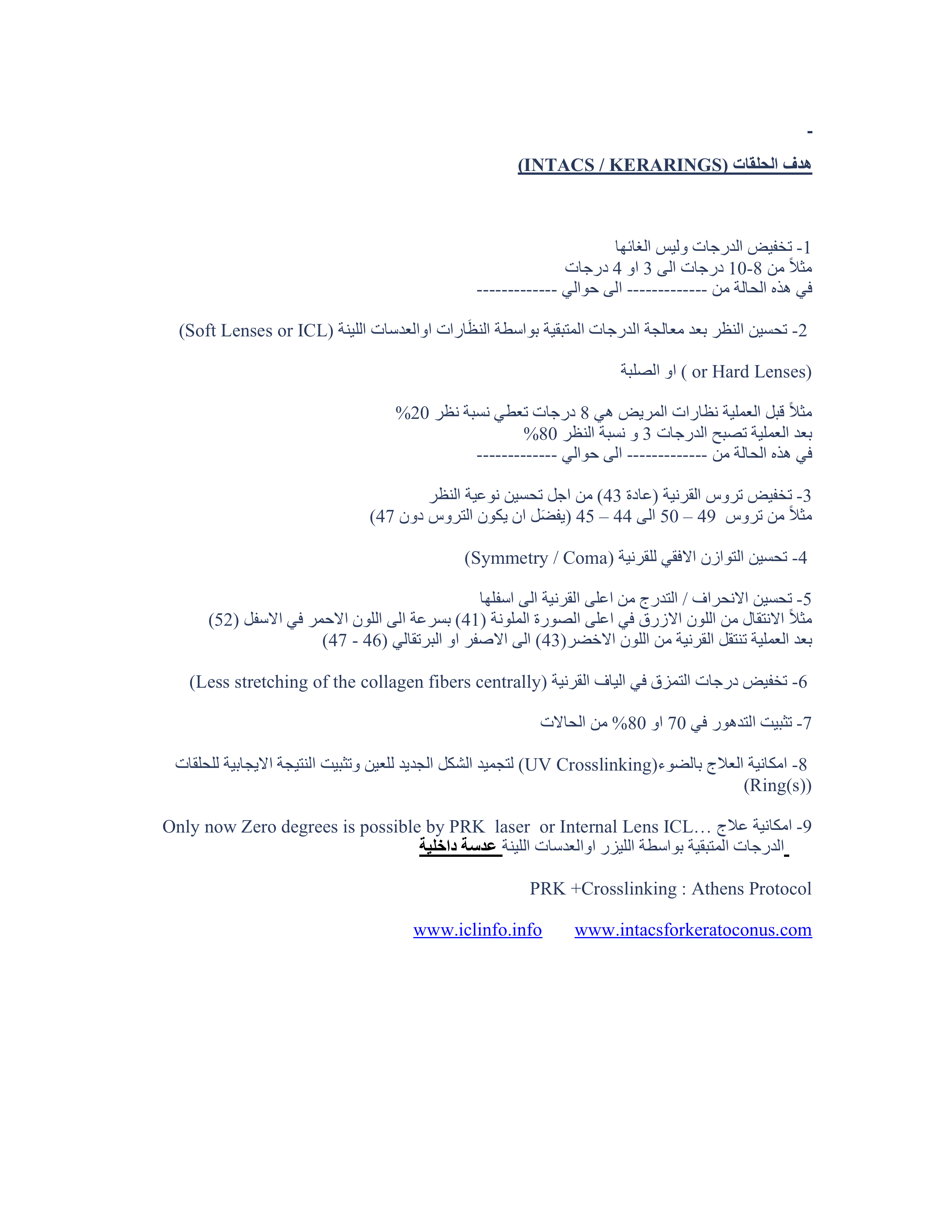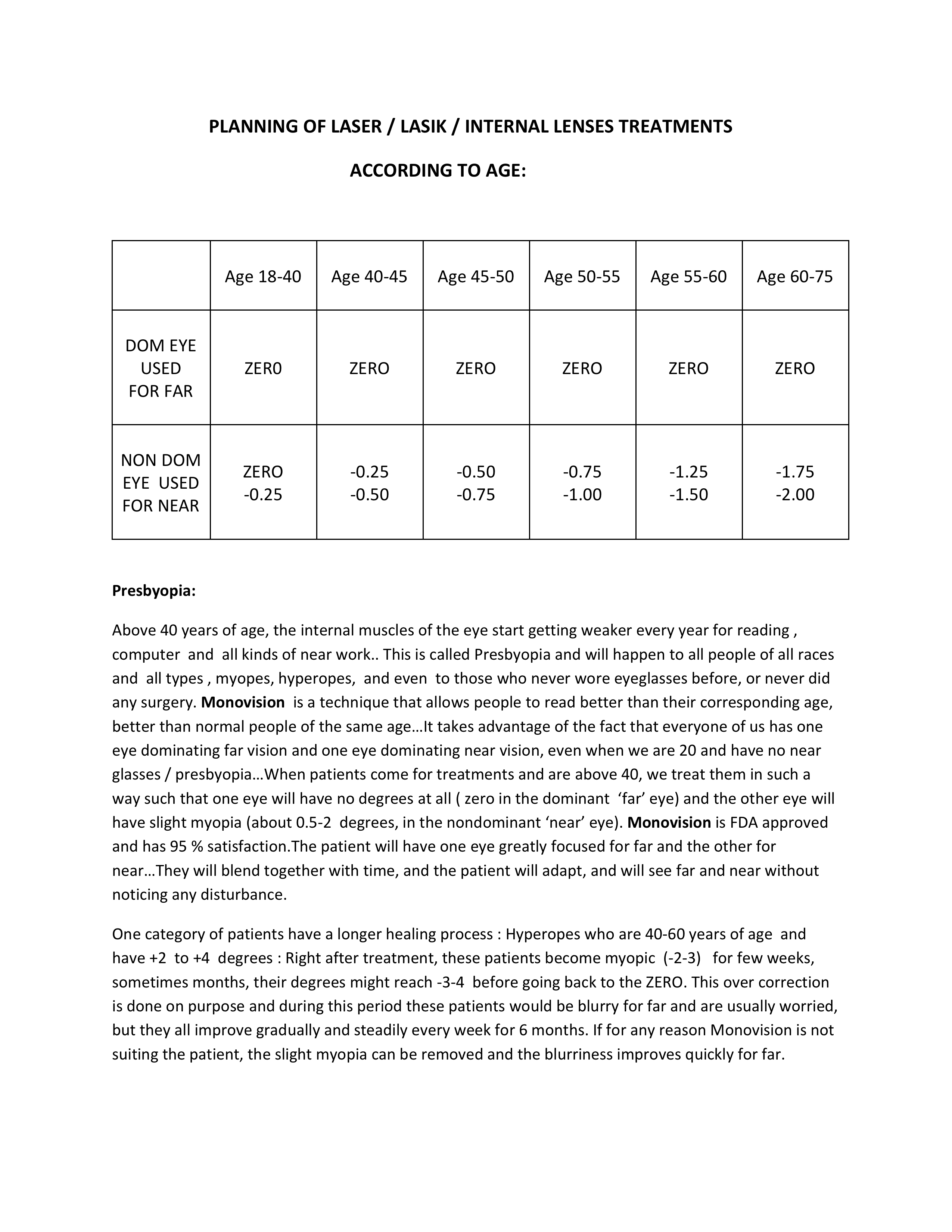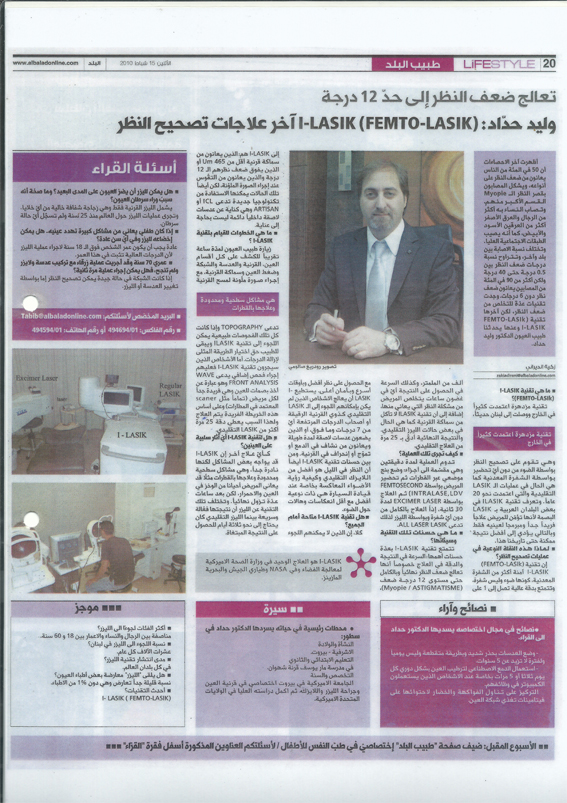Keratoconus
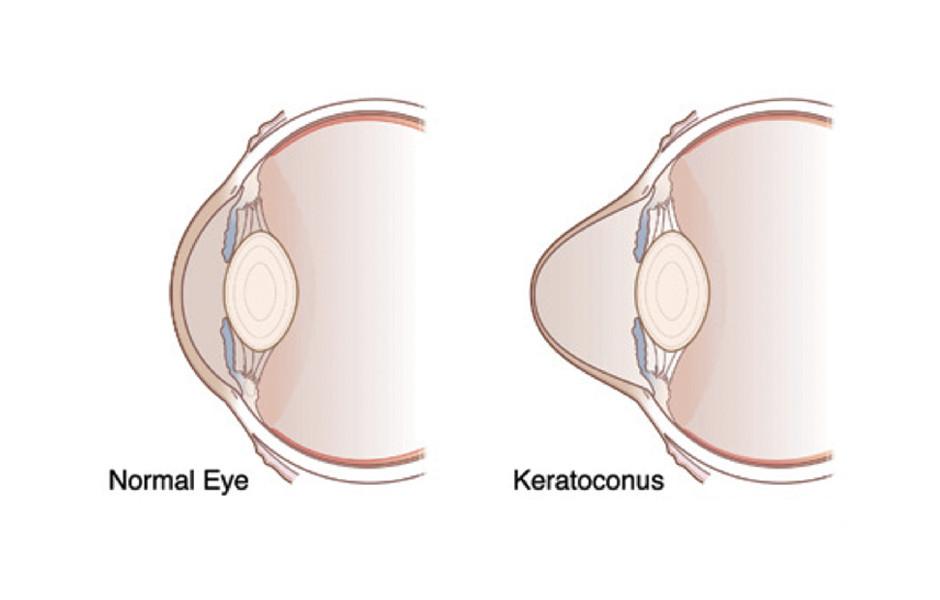
Keratoconus is a progressive eye disease in which the normally round cornea thins and begins to bulge into a cone-like shape. This cone shape deflects light as it enters the eye on its way to the light-sensitive retina, causing distorted vision.
Keratoconus symptoms
It’s unclear why keratoconus arises in certain individuals, but we do know that it causes symptoms because of both the deformed shape of the cornea and the scarring that occurs at the high points of deformation. Keratoconus symptoms generally start as a normal blurred vision, not unlike the blurriness from more common refractive errors or astigmatism.
The hallmark symptom of keratoconus, however, is a scattering of ghost images around an object. This can also appear as streaking or flaring distortions, and is often accompanied by sensitivity to bright lights and occasional itchiness.
Keratoconus also generally causes poor night vision. Visual distortions and blurriness are more pronounced in low light conditions, because the pupil opens to capture more light, and in doing so exposes more of the irregular surface of the cornea.
